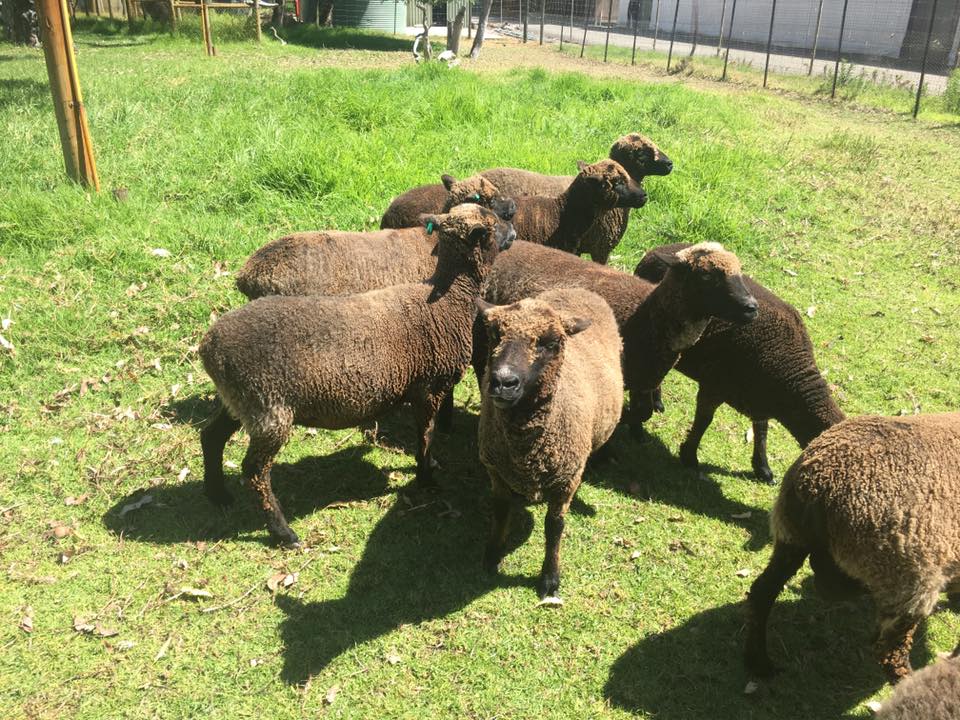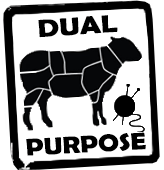
RARE BREEDS TRUST OF AUSTRALIA
powered by TidyHQSheep : Arapawa
Sheep : Arapawa
Country of Origin
Arapawa Island New Zealand
Australian Status

Uses

Wool, meat
Breed traits
A hardy cold climate "wild" breed with lovely wool. The wool is fine, and although wild breeds tend to shed, kept domestically they will retain it in time to be shorn. Being a wild breed they are very resistant to fly strike, making them easier to keep. The meat is finely textured and gamey, and is popular in restaurants.
wild breed they are very resistant to fly strike, making them easier to keep. The meat is finely textured and gamey, and is popular in restaurants.
They are light framed, and come in a variety of colours, many being brown and black. Fleeces are often mottled with varying colour, the tips being bleached rusty brown.
As a feral animal they are hunted but are also being raised domestically now in New Zealand.
The wool gets good reviews from spinners - although of uneven staple - it is fine and easy to spin into a nice even, fine yarn. It has lovely, finely flecked colours like tweed - and is soft, strong and elastic.
The Rams grow spiral horns like a Merino, the ewes remain polled.
History
The Arapawa comes from Arapawa Island in the Marlborough Sounds, South Island, New Zealand. The origin is unknown but is thought to be Merinos left on the island, possibly from Australia, in the 1860's. Over time they developed into a hardy type.
Arapawa in Australia notes from 2019
There is one flock in Australia, brought here by the University of Western Australia, originally going to two properties. It seems there are now only nine ewes left and these can be found at Caversham Wildlife Park (Perth)
The number had decreased to only 20 sheep when Betty Rowe of Picton set up a sanctuary to save them.
Breed Organisation
None in Australia.
Australian Population
- 2017 Ewes 9
- 2022 No numbers recorded
